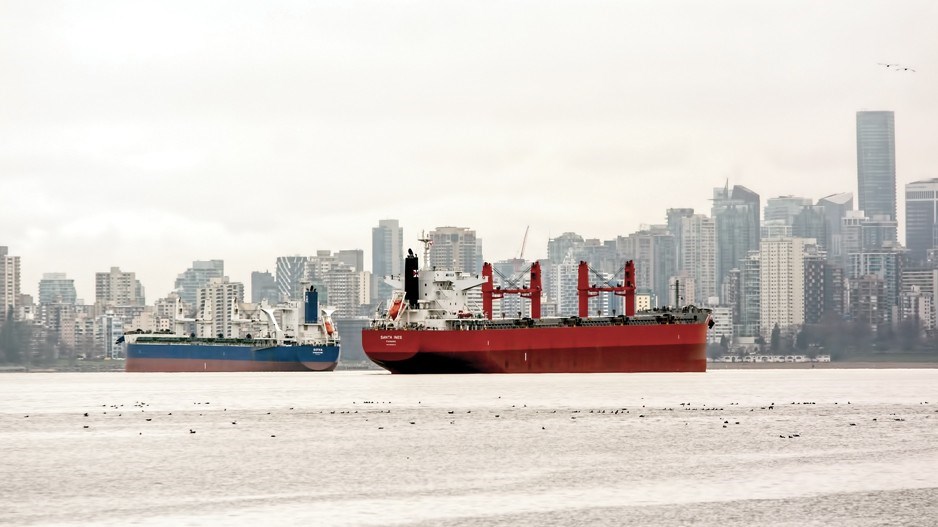The West Coast economy is ‘close to firing on all cylinders’ as more British Columbians get jabs in their arms and dig into a stockpile of household savings, according to a new report from the Business Council of B.C. (BCBC).
The report, released Wednesday, sees the province’s GDP growing 5.8% this year — up from the 4.5% projected by the council back in February.
The province’s mass vaccination campaign has ramped up significantly since that winter forecast, boosting growth forecasts as both Canada and B.C. lead many jurisdictions across the globe in terms of vaccination rates.
“The province’s export sector fared very well and it actually helped to dampen or minimize the downturn to the degree that was possible,” report co-author Ken Peacock, the BCBC’s chief economist, told BIV.
“And along with that, related to the resource sector, was this inordinate amount of construction activity in large capital projects. That, too, provided a big lift.”
B.C.’s projected growth of 5.8% trails that of Canada as a whole, which is projected to expand 6% this year.
But B.C. did not lock down to the degree larger provinces like Ontario and Quebec did throughout the course of the pandemic, leaving less runway for the province to make up compared with much of the rest of the country.
Last year the Canadian economy contracted 5.8% compared with the B.C. economy, which shrank 3.8%.
“B.C.’s broadly successful management of the pandemic and more limited closures helped limit the economic fallout from the virus last year,” the report stated.
“This is a principal reason why B.C. recorded the smallest real GDP contraction among the large provinces in 2020. Working to keep construction sites open and the export sector operating proved highly beneficial.”
But the report takes aim at Ottawa’s efforts to bring in 1.2 million immigrants over the next three years to address labour shortages and lift the economy.
“The federal government’s decision to boost the country’s population and labour supply through record immigration inflows (not something usually done in or following a recession) has unwittingly shifted the goalposts for a full labour market recovery,” the report stated.
“Canada intends to land 401,000 new immigrants in 2021, the largest number since 1913. The timing is odd given the state of the economy and continued weakness in some parts of the labour market.”
Peacock said Canada will need these immigrants in the future. But as the province tries to manage its unemployment rate — 6.6% in B.C. as of June – amid high labour demand, he said it may not be the most opportune time to bring in record numbers of newcomers while B.C. is still struggling to reabsorb thousands of workers.
The BCBC report points out women and older workers were hit the hardest from the outset of the pandemic, and jobs recovery for those cohorts remains tepid.
Meanwhile, sectors once moving at a clip have taken beating over the past year.
The report notes the film and TV industry contracted 13.4% last year vs. average growth of 11.7% from 2010-19.
Other hard-hit industries include accommodation services, which shrank 41.2% last year compared with average growth of 2.6% from 2010-19; and the restaurant sector, which shrank 26.8% compared with average growth of 2.5% from 2010-19.
But the mining sector grew 33.4% last year compared with 4% average growth from 2010-19, and engineering and other construction activities grew 18% compared with average growth of 4.1% from 2010-19.
“The main reason GDP growth will exceed 5% and may hit 6% in 2021 is the additional lift provided by the full reopening of consumer services and, to a lesser extent, the nascent return of international travel,” the report stated.
“Domestic services will also gain from British Columbians’ desire to return to more normal activities, bolstered by an unusually high level of household savings. Put briefly, our economy is close to firing on all cylinders with some segments running especially hot – at least in the near-term.”




